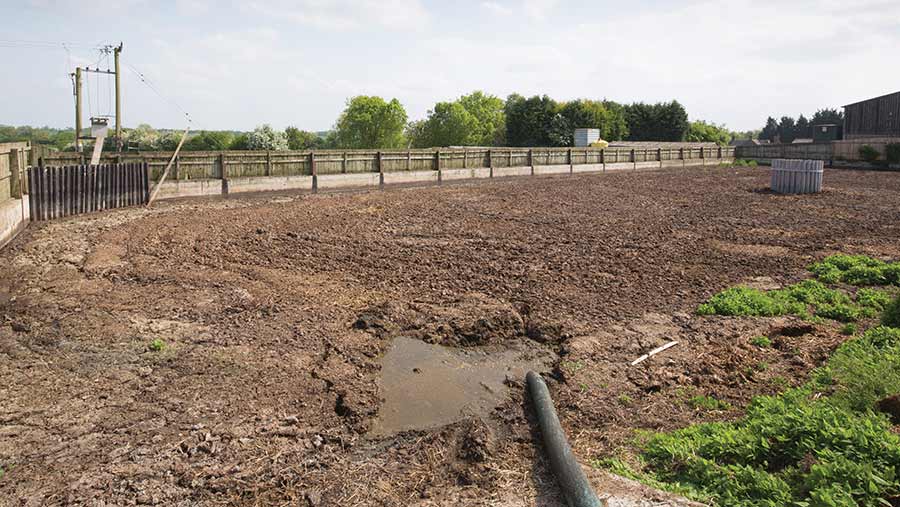What the advice-based EA farm visit inspections will involve
 © Tim Scrivener
© Tim Scrivener Additional resources for farm inspections by the Environment Agency (EA) means that many farmers have already received letters to notify them that farms in their area may be visited.
The advice-based nature of these visits is being stressed, including by the NFU, with four areas being focused on during inspections. They are expected to take between one and three hours on most farms.
See also: HMRC investigations – how they arise and how to handle them
Slurry, silage and agricultural fuel oil storage regulations
Farms will need to provide information on slurry storage dimensions, capacities and silage effluent tank calculations. The age, structure, overtopping risk, quantity of storage and any signs of potential pollution or run-off will be assessed.
Farm consultant AKC points to the AHDB’s Slurry Wizard tool for calculating storage capacities.
For those looking to create new or expand existing slurry storage, there is the possibility of a new round of funding in autumn this year for the Slurry Infrastructure Grant to provide six months’ storage.
Silage pits and/or bales will be inspected, along with manure storage sites. Clamps will be looked at for condition, age, flooring, drainage, effluent collection, and signs of potential pollution or run-off.
Fuel storage inspections will focus on the condition of both tank and hoses, age, bunding, spill kits and any signs of potential pollution. These will include oil storage as well as fuel.
Nutrient management planning – Farming Rules for Water
Nutrient plans and applications will be needed, along with soil test results and other checks for compliance with the Farming Rules for Water.
Catchment Sensitive Farming advisors can help with grants for this area of compliance, AKC advises.
The firm’s agri-environmental consultant Adam Langford says: “The key here is record-keeping – people tend to be good in practice in terms of implementing measures but sometimes fall down on the record keeping.
“Get your records up to date but don’t panic if anything is missing – from our experience so far of these visits, the advisory approach is being taken.”
Nitrate vulnerable zone records (NVZ)
NVZ records including risk maps, nitrogen limits and nitrogen plans will be checked.
General farm record-keeping
EA staff will need a farm map, including the location of chemical storage, and water abstraction licence details where these are held.
The storage of any chemicals, including dairy and livestock products, is included in the inspection regime.
Checks will also be made that reasonable precautions are being taken to prevent soil erosion and run-off, such as the location of livestock feeders, poaching near watercourses and large areas of poaching within fields, and that non-spreadable areas are being adhered to, advises the NFU.
“There is a lot of support and guidance to help farmers get things right in these areas,” says Adam. “It’s not a time to panic, so ask for advice.”
Non-compliance
Where non-compliance is found, the officer will discuss the actions needed and agree an appropriate and reasonable timeframe for completion, says the NFU.
A post-inspection report should be received, usually within two weeks of the visit. This will outline any actions required and the completion timeframes.
If a farmer is no longer able to meet an agreed timeframe they should contact the officer to let them know and agree a suitable extension, if possible, the union advises.
“The EA uses an advice-led approach to help farmers comply with regulations, but they also have a range of alternative actions including enforcement tools. The post-inspection report will make it clear when this is the case,” it says.
